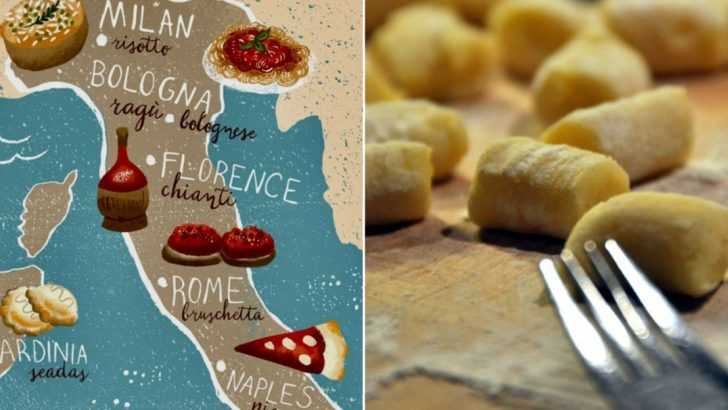Italian food is all about balance, tradition, and treating ingredients with respect. It’s not just what’s on the plate—it’s how you eat it, how it’s served, and even when it’s enjoyed.
A small misstep might not seem like much, but in the land of slow lunches and generations-old recipes, it can change the whole experience.
These common mistakes are easy to make, but once you know better, every bite gets even better.
1. Mispronouncing Gnocchi

It’s not “guh-naw-chee” or “guh-nock-ee”—that soft “gn” rolls right off the tongue like “nyo-kee.” Getting it wrong might not ruin your meal, but it’s a dead giveaway you’re new to the table.
The word means “lumps,” but the texture should be pillowy and light. Say it right, and you’ve already earned respect before the first bite.
2. Ordering Fettuccine Alfredo In Italy
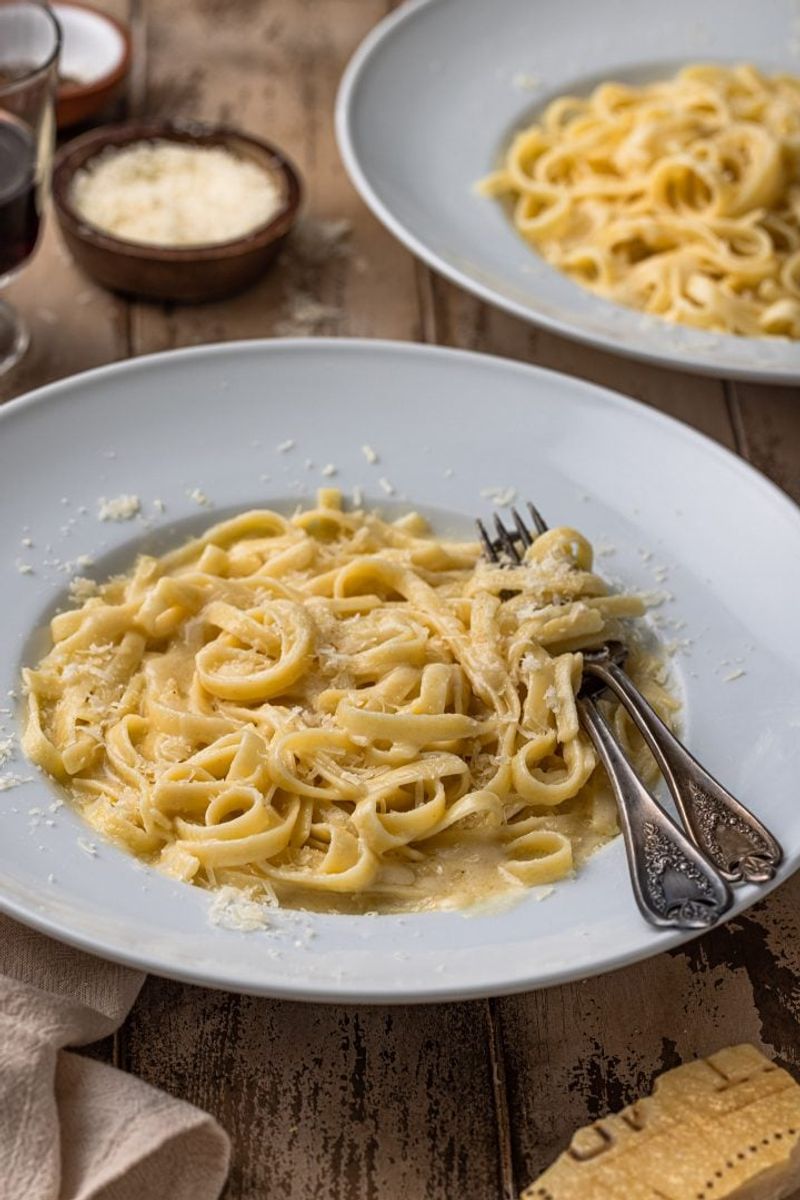
In most Italian restaurants, Alfredo doesn’t even exist. The creamy, buttery version you know is an American invention, and asking for it in Rome might earn you a puzzled look.
Instead, explore local pasta styles—like cacio e pepe or tagliatelle al ragù. You’ll discover richer flavor in every regional bite.
3. Drenching Seafood Pasta With Parmesan
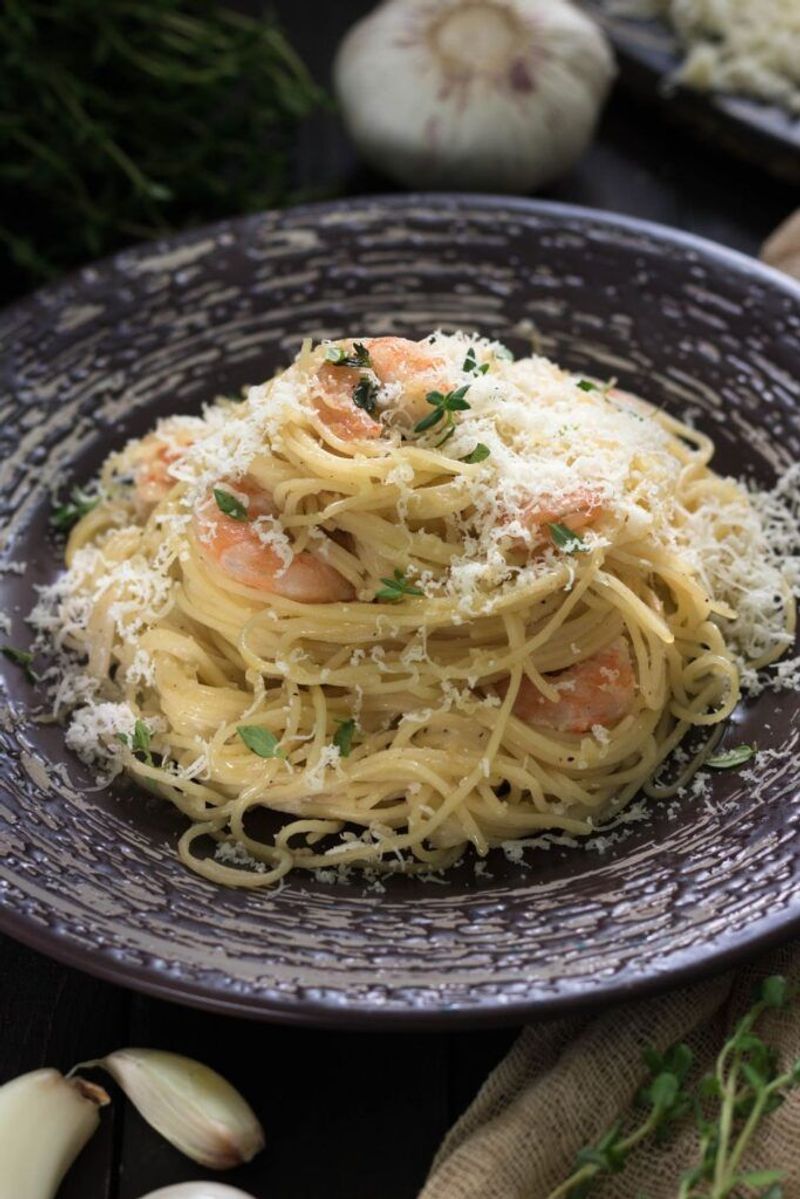
Cheese and fish don’t mix in traditional Italian cooking. Parmesan can overpower the delicate sweetness of seafood and mask the natural brininess of the dish.
Chefs take pride in carefully balancing ingredients. Trust their vision and let the flavors of the sea shine through without a dairy disguise.
4. Asking For Butter With Bread

In Italy, bread is meant to accompany—not start—the meal, and it’s rarely served with butter or olive oil for dipping. Asking for it might confuse the server or stall the pace of the meal.
Instead, enjoy the bread with sauce or in between courses. It’s not an appetizer—it’s a companion.
5. Drinking Cappuccino After Noon

Milk-heavy coffee drinks like cappuccinos are reserved for the morning. After lunch, Italians switch to espresso, which is lighter and easier to digest.
Ordering a cappuccino after noon might raise a few eyebrows. It’s not rude—it’s just not done, and it breaks the natural rhythm of the meal.
6. Skipping The Antipasto Course
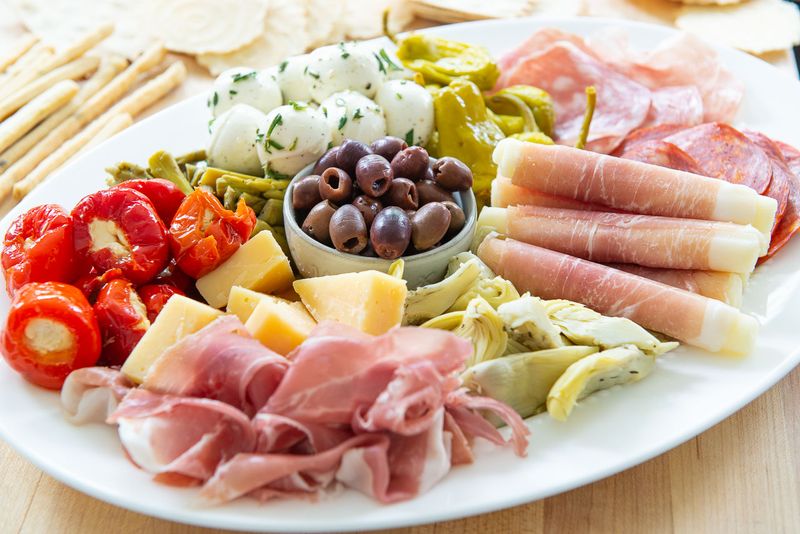
Jumping straight to pasta misses a chance to taste the heart of the region. Antipasto isn’t just filler—it’s a thoughtful mix of cured meats, cheeses, and marinated vegetables that introduce you to local flavor.
It sets the tone and wakes up your appetite. Skipping it is like skipping the opening act of a great show.
7. Confusing Primi And Secondi
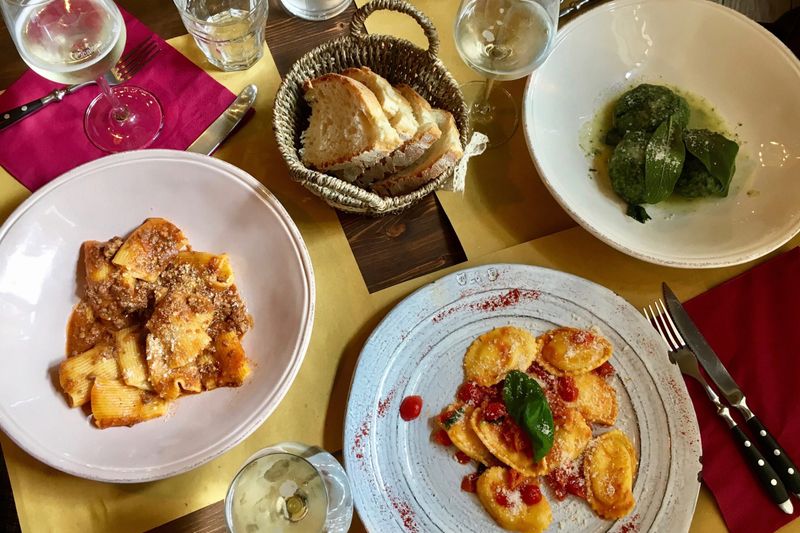
Pasta doesn’t come with meat on the same plate—not in traditional settings. Primi is for pasta or risotto; secondi is for meat or fish.
Mixing the two breaks the flow of a meal designed for balance. Take it course by course, and you’ll taste why it matters.
8. Adding Chicken To Pasta Dishes

Chicken Alfredo may be a hit elsewhere, but adding chicken to pasta in Italy is a cultural curveball. You won’t find it on menus because it’s simply not the way pasta is served.
Meat is treated as its own dish, not a topping. Let the pasta speak for itself, and the flavor will reward you.
9. Requesting Pineapple On Pizza

Pineapple has a strong place in some kitchens—but not in Naples. Sweet fruit on pizza is seen as a distraction from the simplicity of a well-made pie.
Traditional toppings are savory, balanced, and rooted in history. Pineapple? That’s one shortcut that doesn’t translate.
10. Overloading Pasta With Garlic

Garlic is a seasoning, not the main attraction. Using too much can overwhelm sauces that are meant to be subtle and layered.
Italian cooking values restraint and balance. A hint of garlic goes further than a handful—and it lets the tomatoes, herbs, or cheese take the lead.
11. Ignoring Regional Specialties
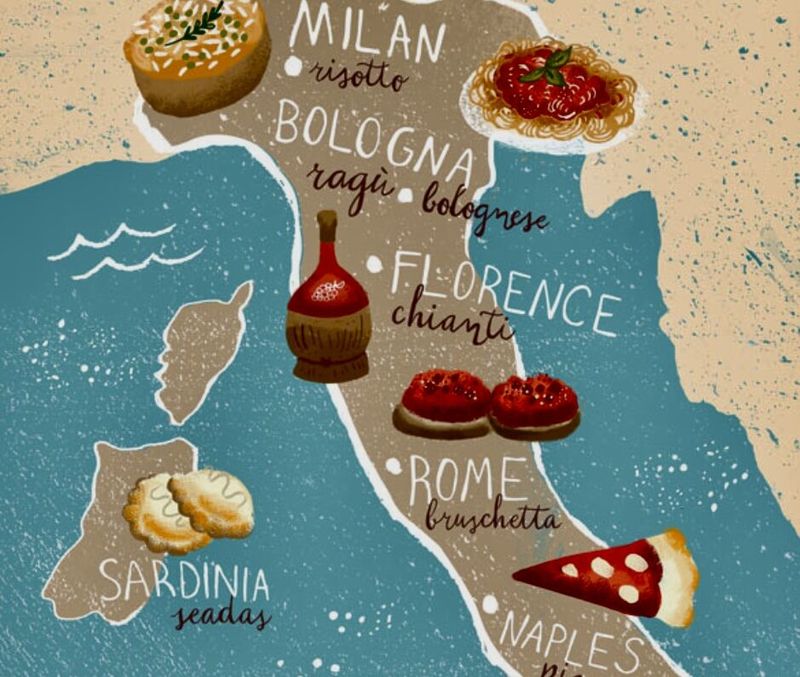
Each town, even each neighborhood, has its own signature dishes. Ordering generic spaghetti bolognese in Sicily misses the chance to try something truly local and special.
Food reflects the land, the season, and the people. Exploring what’s native to the area makes the meal feel rooted and real.
12. Using Cream In Carbonara
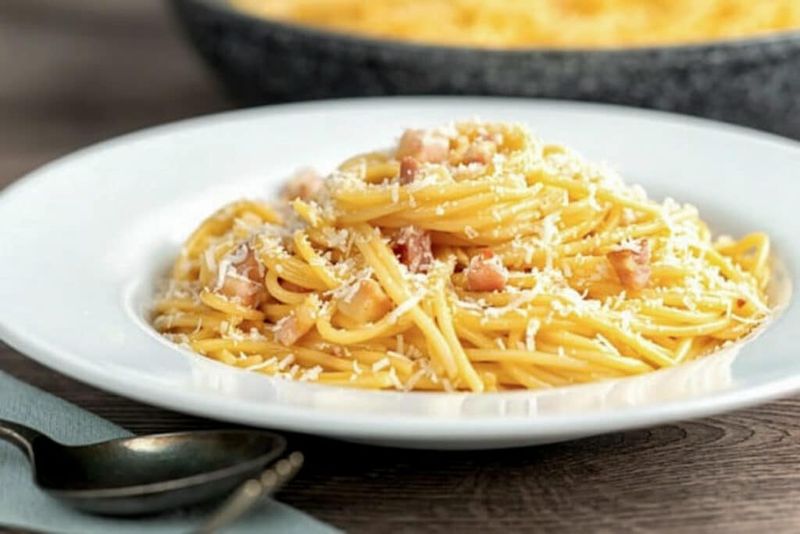
Traditional Roman carbonara uses just eggs, pecorino, black pepper, and guanciale. Cream turns it into something heavier, and most Italian chefs would say it’s not needed—or welcome.
The silkiness comes from technique, not shortcuts. Master the original, and the result is richer than any shortcut could deliver.
13. Pairing the Wrong Pasta Shape With Sauce
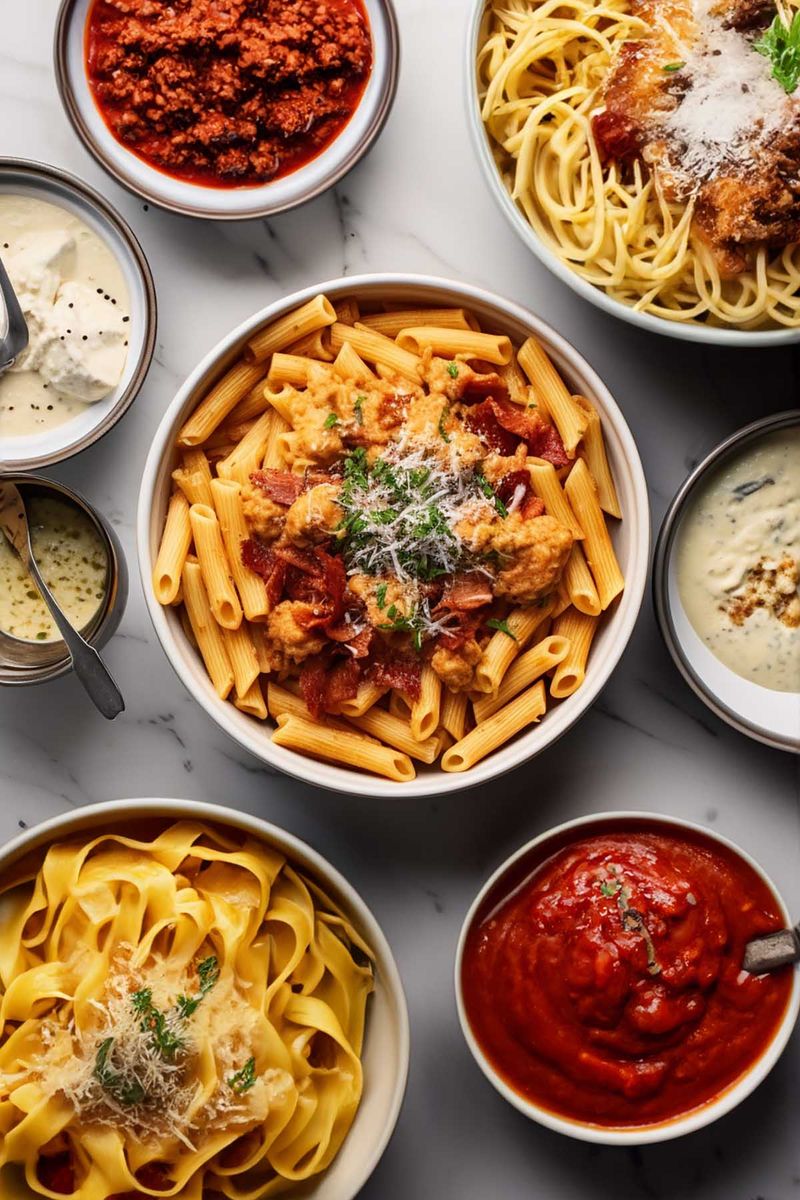
Not all pasta is created equal—shapes matter. Thick sauces need wide noodles; light ones cling best to thin strands or ridged surfaces.
The wrong match leaves the sauce slipping off or soaking in too much. Getting it right feels like the sauce and pasta are dancing together, not clashing.
14. Rushing Through The Meal

In Italy, eating isn’t a race—it’s a celebration. Meals are long, social, and unrushed, with plenty of pauses between courses.
Eating quickly can seem impolite or make the kitchen feel pressured. Slow down, enjoy the conversation, and let the courses come at their own pace.
15. Expecting The Bill Without Asking

Waiters won’t bring the check until you ask for it—it’s part of the dining culture. Meals are meant to linger, and rushing the guest is seen as rude.
A simple “Il conto, per favore” does the trick. Until then, stay as long as you like—the table is yours.

